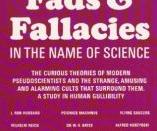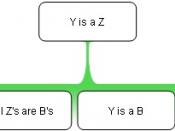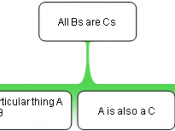In order to understand what a fallacy are you must understand what an argument is. An argument has of one or more premises and one conclusion. A premise is a statement that is either true or false, that is offered in support of a claim being made, which is the conclusion, which is also a sentence that is either true or false. There are two main types of arguments, relevance and insufficient. A relevance argument is an argument such that the premises provide which is complete support for the conclusion. An insufficient argument is an argument such that the premises provide with some degree of support but less than complete support for the conclusion. If the premises actually provide the required degree of support for the conclusion, then the argument is a good one. A good relevance argument is known as a valid argument and is such that if all its premises are true, then its conclusion must be true.
If all the argument is valid and actually has all true premises, then it is known as a sound argument. If it is invalid or has one or more false premises, it will be unsound.
A fallacy is an error in reasoning. A fallacy is an "argument" in which the premises given for the conclusion do not provide the needed degree of support. A relevance fallacy is a relevance argument that is invalid, could have all true premises, and still have a false conclusion. An insufficient fallacy is less formal than a relevance fallacy. They are "arguments" which appear to be insufficient arguments, but the premises do not provided enough support for the conclusion. In such cases, even if the premises were true, the conclusion would not be more likely to be true (Downes 2004).
The explanation for this paper...


